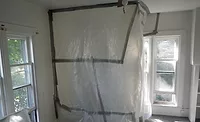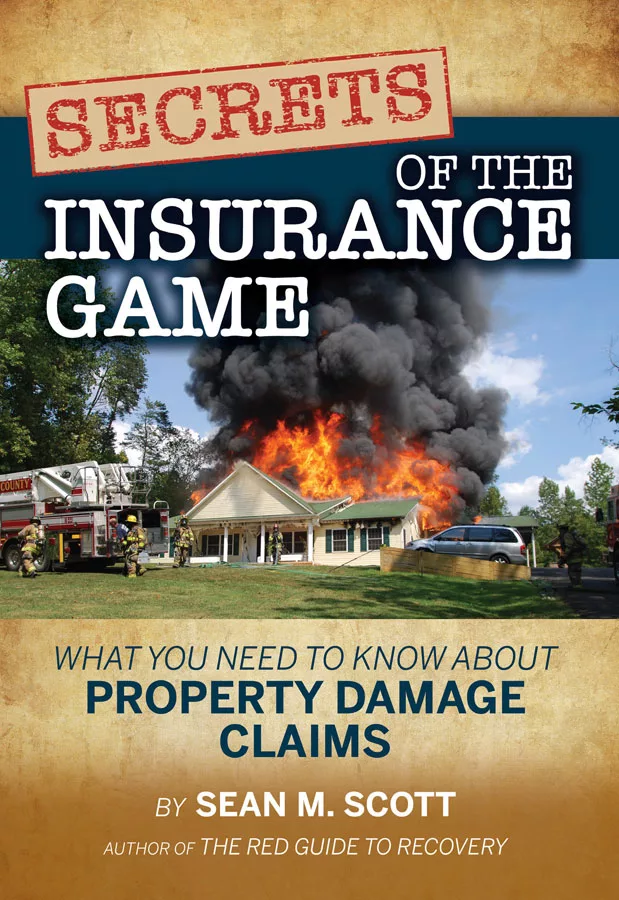The Complexities of Mold Growth in Indoor Environments

Image credit: Andrei310 / iStock / Getty Images
Most people breathe in mold spores daily without significant health effects, as mold is naturally present both indoors and outdoors. However, while the presence of mold spores in indoor air is expected to mirror outdoor levels, the growth of mold indoors is problematic. When water intrusion occurs, leading to mold growth in damp or water-damaged buildings, it can cause various adverse health and safety effects for both occupants and the buildings themselves.
How Does Mold Begin to Grow?
Mold requires two main ingredients to grow: a food source (such as dust, paper, drywall, or wood) and moisture. Since mold grows by digesting organic material, it will eventually destroy whatever it grows on. Moisture intrusion caused by flooding, condensation, and plumbing or roof leaks provides the necessary moisture. Mold can often grow unnoticed and out of sight. Even if the moisture source is removed, mold spores will remain and can cause allergic reactions or other health effects until physically removed.
Incentives for Controlling Indoor Mold
Managing moisture intrusion and mold indoors is crucial due to the significant incentives involved. Mold remediation and building repairs can cost tens to hundreds of thousands of dollars. Additionally, exposure to elevated levels of airborne mold has been linked to adverse health effects in water-damaged buildings and healthcare-associated infections (HAIs) in healthcare settings. Research has shown that some HAIs have resulted in patient deaths, emphasizing the need for proactive management of mold in buildings.
Various agencies, such as state health departments, the Institute of Medicine (IOM), the Centers for Disease Control and Prevention (CDC), and the World Health Organization (WHO), agree that dampness and mold cause adverse health effects, including:
- Upper respiratory symptoms: Sore or irritated nose or throat, congested nose or sinuses.
- Lower respiratory symptoms: Difficulty breathing, coughing, shortness of breath, and wheezing.
- Respiratory infections: Acute bronchitis.
- Asthma-related issues: Asthma attacks in individuals with asthma and the development of new asthma cases.
- Allergic rhinitis: Runny or congested nose, sneezing.
- Eye irritation: Redness, burning, and watering.
- Skin issues: Rashes, irritation, and eczema.
While some molds are toxigenic and capable of producing mycotoxins, not all molds have this ability. Individuals with suppressed immune systems or underlying lung conditions, particularly those in healthcare facilities, are more vulnerable to fungal infections. Exposure to certain pathogenic molds can lead to serious health complications. For instance, Aspergillus, a common mold found both indoors and outdoors, is transmitted through inhalation of airborne spores. According to the National Center for Biotechnology Information (NCBI), invasive aspergillosis (IA) is a leading cause of morbidity and mortality among immunocompromised patients.
Control and Prevention Efforts
Focusing on control and prevention efforts is crucial due to the numerous spaces in buildings where mold can grow undetected, such as wall and ceiling cavities, plumbing, and HVAC systems. Facility professionals should constantly monitor for signs of moisture on ceilings, walls, under sink cabinets, and floors. Regular inspections are essential, ensuring all areas, no matter how insignificant they may seem, are checked. Care should be taken when removing or replacing water-damaged materials to prevent mold spore release and protect occupants from unnecessary exposure.
Regular inspections are essential to ensure that all areas, regardless of how insignificant they may seem, are thoroughly examined. Mold can often grow in hidden spaces such as ductwork or within wall and ceiling cavities. When removing or replacing any water-damaged building materials, it is crucial to exercise caution to prevent the release of mold spores and protect occupants from unnecessary exposure.
Sampling and culturing alone are insufficient to determine health risks, as effects on people vary greatly. Regardless of the mold type, remediation is necessary if mold is growing indoors.
Currently, no federal or state policies set safe exposure limits for airborne mold or quantify health risks from indoor dampness and mold growth in buildings. However, scientific research on mold exposure and health effects is ongoing, and certain codes aim to increase awareness and reduce exposure to these hazards. The Department of Public Health (CDPH) advises that indoor dampness, water intrusion, or fungal growth should always be eliminated safely and efficiently. Several states require mold licensing or regulate mold businesses and may impose civil penalties.
For more information on addressing mold and moisture intrusion, consult credible resources such as the EPA, OSHA, AIHA, New York City Department of Health, IICRC, and CDC.
Consulting with an Industrial Hygienist (IH)
If water intrusion is known or suspected, consulting a qualified IH is essential to assess potential indoor mold growth. This assessment typically involves visual inspections, moisture content measurements, a history of moisture intrusion and drying efforts, and sometimes airborne mold spore sampling. The investigation and response should focus on:
- Identifying the source(s) of moisture intrusion
- Rapidly drying damp materials (within 24-48 hours)
- Making repairs to prevent future mold growth
- Performing mold remediation following industry guidelines
Porous materials affected by mold, such as drywall, moisture barrier paper, insulation, carpeting, and ceiling tiles, should be removed and discarded under controlled conditions. Cleanable non-porous and semi-porous surfaces, such as wood, tile, stone, plastic, and metal, can be HEPA vacuumed and scrubbed clean.
Immediate Steps to Control the Source
To avoid costly remediation associated with water-damaged materials, addressing moisture intrusion issues promptly is crucial. All affected materials should be dried before mold growth begins, typically within 24 to 48 hours. Facility professionals should consult an IH as soon as moisture intrusion occurs. The IH should conduct an initial inspection, provide remediation recommendations, and perform post-remediation inspections and testing to ensure effective remediation before rebuilding.
Finally, the investigation and remediation process should be a collaborative team effort. To avoid conflicts of interest and ensure a successful outcome, it is in the client's best interest to separate the roles of Industrial Hygienists and remediation contractors. Industrial Hygienists should handle the recommendation, oversight, and scope development, while qualified remediation contractors should perform the actual remediation work. Engaging separate entities for these tasks helps minimize the risk of costly follow-up issues.
For questions, please contact: Cecile Felsher, CIH, CSP (cecile.felsher@nv5.com).
Looking for a reprint of this article?
From high-res PDFs to custom plaques, order your copy today!









